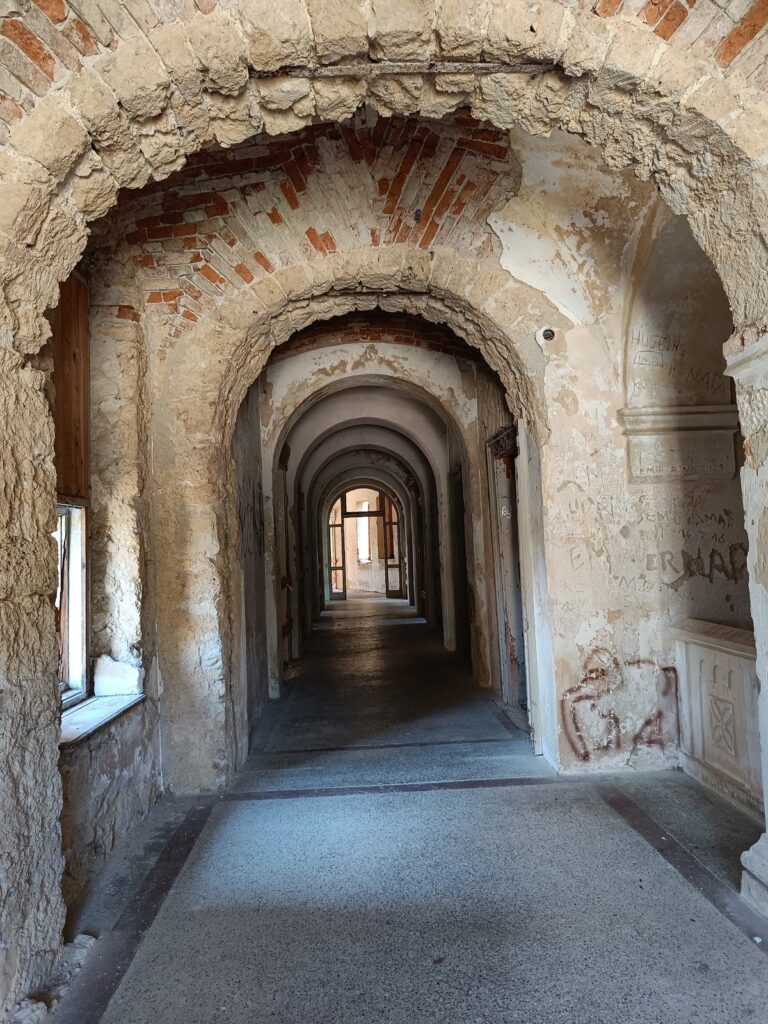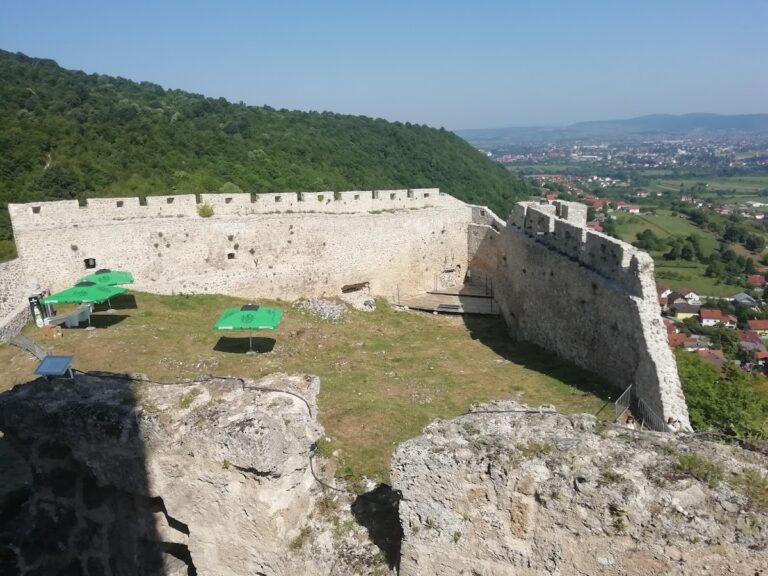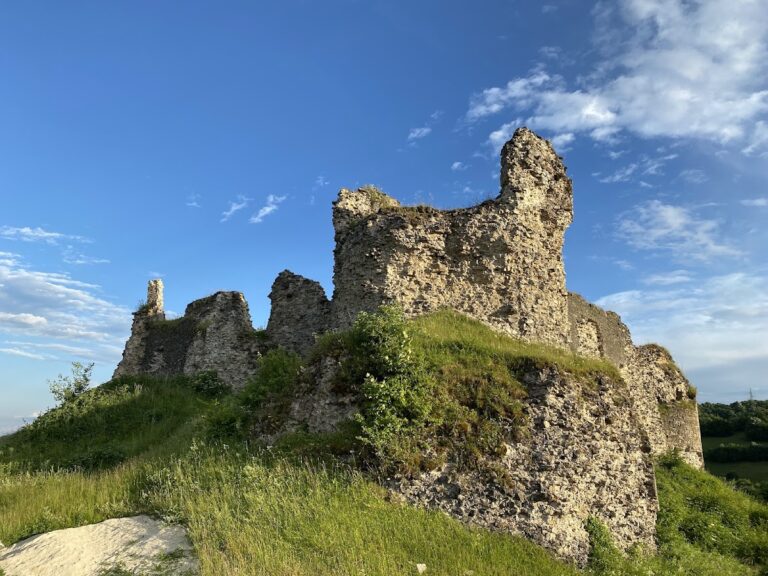Ostrožac Castle: A Historic Fortress in Bosnia and Herzegovina
Visitor Information
Google Rating: 4.5
Popularity: Medium
Google Maps: View on Google Maps
Country: Bosnia and Herzegovina
Civilization: Unclassified
Remains: Military
History
Ostrožac Castle stands near the town of Cazin, within the municipality of Bosanska Krupa in Bosnia and Herzegovina. This medieval fortress was originally constructed by local nobility and first enters historical records in 1286 as part of the holdings of the Croatian noble family Babonić.
In the mid-16th century, the castle came under the possession of Antun Bakšić, but by 1577 Ottoman forces had captured Ostrožac, and it was officially incorporated into the Ottoman province of Bosnia by 1592. Around the year 1700, the Ottomans expanded the fortress by adding the southern section, creating a division within the castle between the older northern part, referred to as the “National” section, and the newly constructed southern part, known as the “Divine” section.
Under Ottoman administration, the fortress maintained considerable military importance. By the early 19th century, specifically 1833, it was equipped with 28 cannons, highlighting its defensive role. A year later, Ostrožac was integrated into the Bihać administrative district, known as the krajina. The castle’s leadership during this time included the Beširević family until 1837, when Murad Beg Beširević, the final captain from this lineage, was removed from power due to his opposition to Sultan Mahmud II’s reforms.
In the early 20th century, the castle changed hands when Mehmed Beg Beširević sold it in 1902 to Lothar Von Berks, an Austrian officer linked to the Habsburg dynasty through his wife. Von Berks undertook a substantial reconstruction between 1900 and 1906, redesigning the fortress in a Romantic style as a celebratory gift.
During World War II, Ostrožac Castle served as a command post for the National Liberation Movement. Since 1970, it has hosted an artist colony dedicated to sculpture, resulting in over 150 monumental works made from a local stone known as bihacite, which are displayed across the castle grounds. Recognizing its cultural and historical value, Bosnia and Herzegovina’s Commission for National Monuments formally designated Ostrožac Castle a National Monument on November 7, 2013. Today, despite its important heritage status, the castle remains in a fragile state with restoration efforts limited to urgent maintenance.
Remains
Ostrožac Castle is positioned on the left bank of the Una River and features an irregularly shaped defensive layout. Its walls, punctuated by several towers, were designed to protect against military threats. The fortress is distinctly divided into two main sections: the older northern part known as the “National” section and the southern “Divine” section, which dates to Ottoman construction around 1700.
The northern portion retains structural elements from the medieval period and the early Ottoman era, reflecting its long-standing strategic role. The southern extension added by the Ottomans expanded the fortress with new defensive walls and towers, blending military practicality with the architectural styles of the time.
By the 19th century, the castle was heavily fortified, housing 28 cannons, a testament to the significant military function it served. The form and placement of these artillery pieces indicate careful planning for defense during the turbulent Ottoman period.
Following its acquisition by Lothar Von Berks, the fortress underwent a notable transformation. The renovations, completed between 1900 and 1906, reimagined parts of the castle in the Romantic architectural style, adapting its historic structure into a residence with stylistic details popular in early 20th-century Europe.
The castle courtyard now holds a remarkable open-air sculpture park, home to over 150 works carved from bihacite, a distinctive local stone. These sculptures were created by the Ostrožac Colony of Sculptors beginning in 1970 and have become an inseparable part of the castle’s visual and cultural landscape.
Despite its historical and artistic significance, the fortress is currently in poor condition. Conservation efforts have been limited to necessary repairs so far, with comprehensive restoration plans still awaiting implementation. The existing fabric of the castle preserves its layered history from medieval origins through Ottoman expansion to modern-era adaptation.








